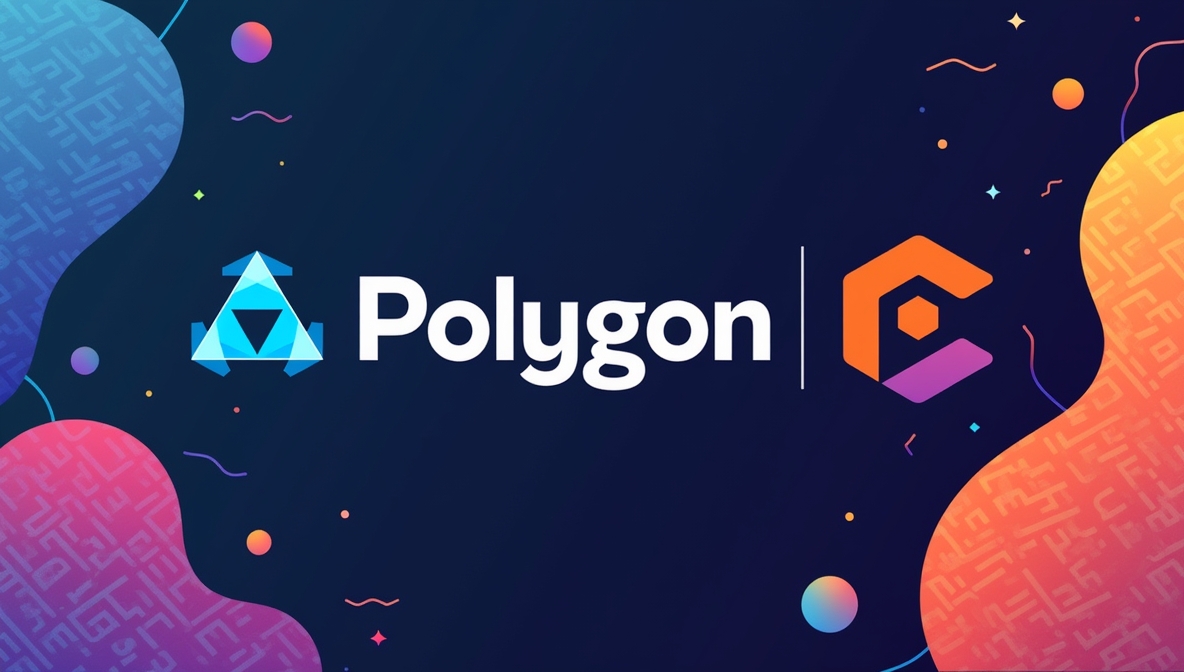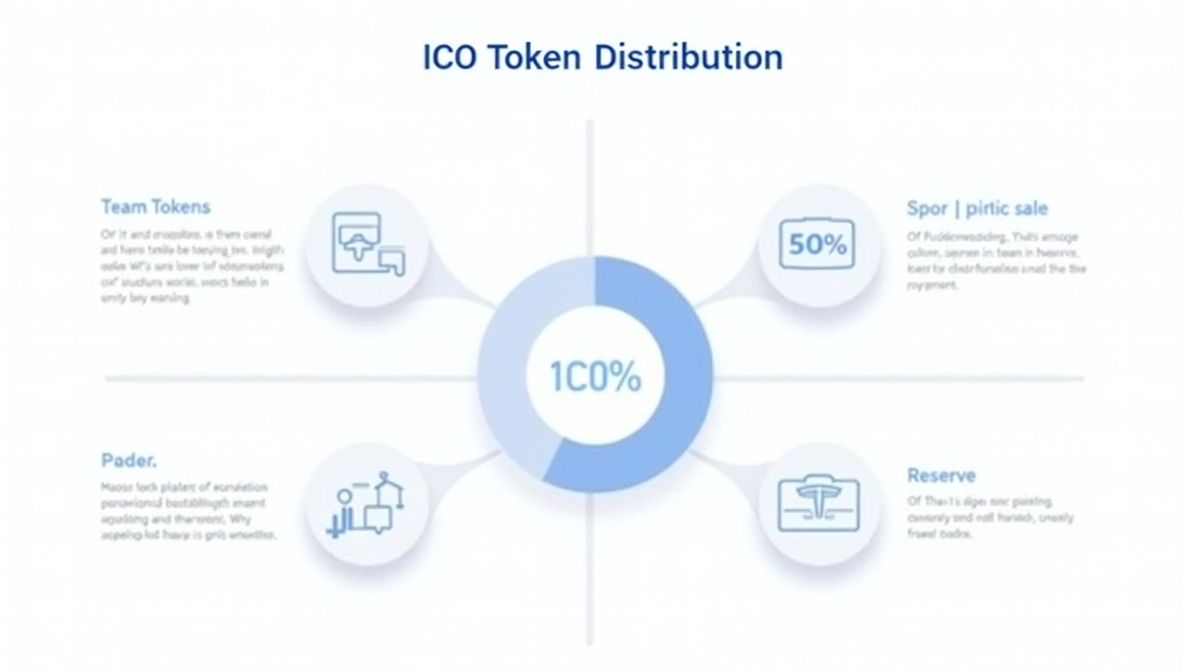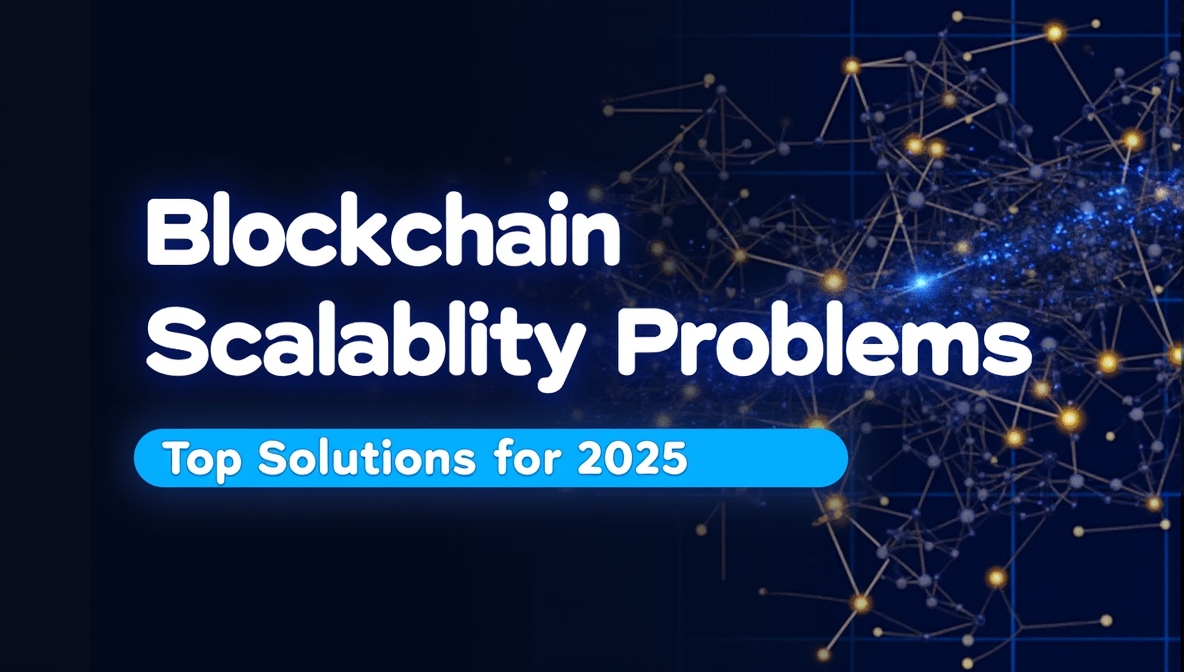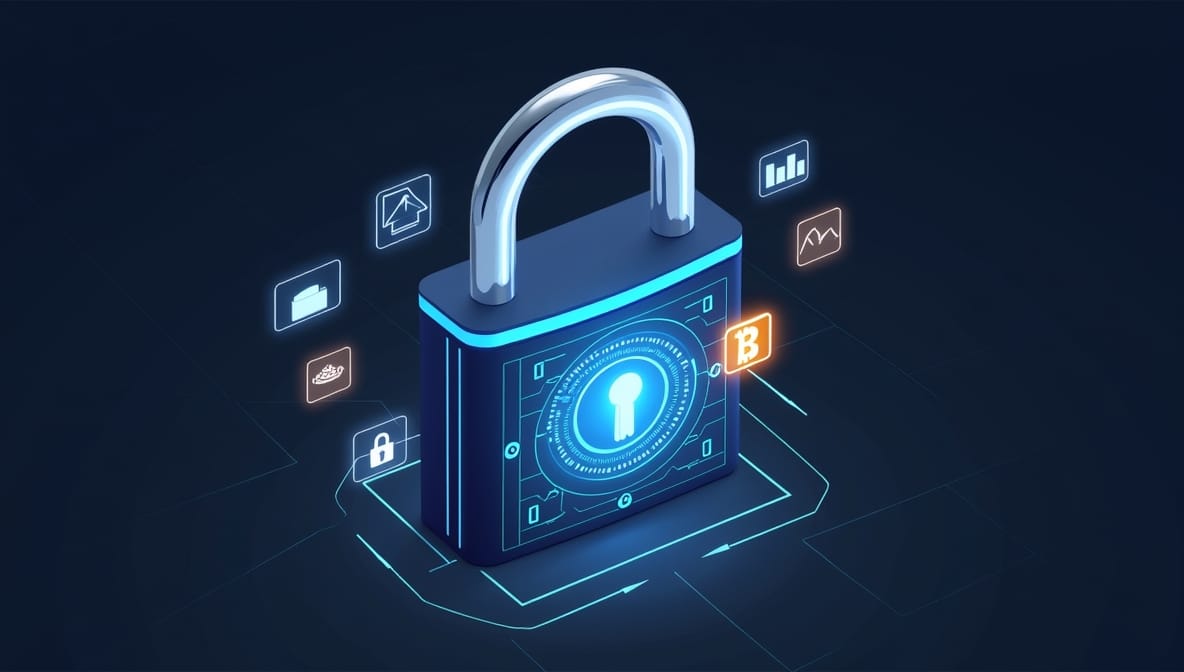Imagine a time when your company could transfer money instantly—24 hours a day, 7 days a week—without waiting for banks to handle transactions. No more delays, no more large fees reducing your earnings. For business owners, delayed and costly payment methods are more than just an annoyance; they are a hindrance to expansion.
Traditional bank transfers might take days to clear, particularly for cross-border payments. High foreign currency costs, ACH delays, and wire transfers provide cash flow constraints that hinder growth, but tokenized deposits can address these issues by involving fewer intermediaries. The answer is tokenized money—a groundbreaking kind of digital money created by banks on blockchain networks. Tokenized deposits can enhance operational capabilities and financial performance, significantly improving capital efficiency.
Financial institutions are leveraging tokenization to enhance their operations, including the application of various assets, like bank deposits.
Tokenized deposits, unlike volatile cryptocurrencies, rely entirely on real bank reserves, offering stability and facilitating swift, programmable transactions. Business owners may gain from:
- Quicker settlements (seconds rather than days)
- Reduced transaction costs and operational efficiencies, leading to significant cost savings
- New DeFi and fintech connectors (automatic payments, yield possibilities)
What Are Tokenized Deposits? (Explained for Busy Founders)
Breaking through the words, on-chain deposits are just digital representations of your normal bank money, but supercharged for speed, automation, and smart contract capability. Put another way, this is tokenized money created for how companies operate now. Distributed ledger technology underpins these tokenized currencies, ensuring secure and efficient transactions.
Instead of waiting days for a wire transfer to clear or navigating outdated systems like SWIFT, digital deposits allow cash to move at the speed of a blockchain. Issued by licensed institutions, these digital tokens are backed 1:1 by actual cash kept in a conventional bank account. Think of them as programmed IOUs: they have real value, are completely controlled, and can be used for very instantaneous financial transactions.
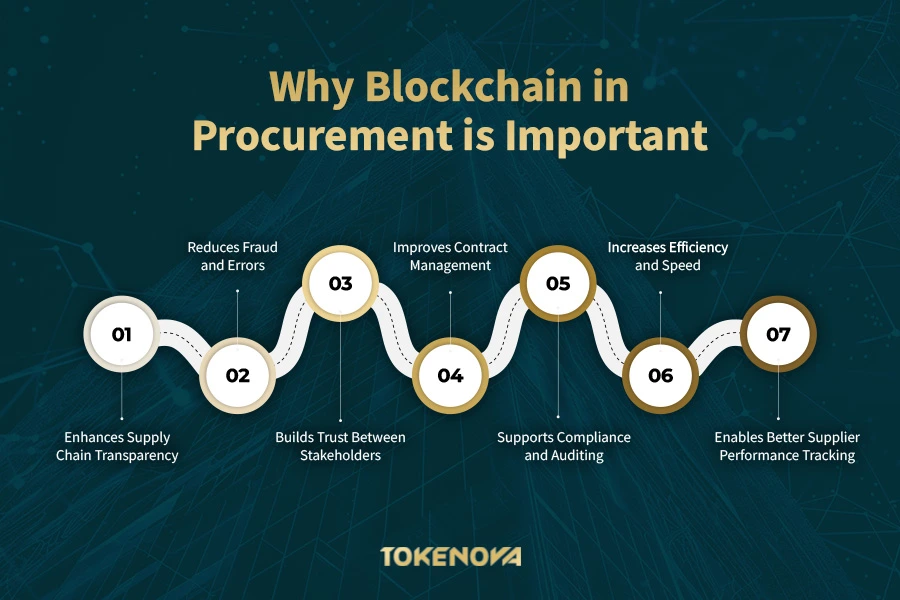
Tokenized deposits can transform financial systems by enhancing liquidity and reducing risks. The adoption of tokenized cash is also influenced by crypto asset regulation, which varies significantly across different jurisdictions.
Here is how tokenized money really works behind the scenes:
Digital tokens are issued by banks to reflect deposits. JPMorgan, for instance, developed a blockchain-based coin called JPM Coin that reflects consumer balances. Hosted on private or permissioned blockchains—like Hyperledger or Quorum—these coins are meant for corporate usage. Unlike crypto, which is speculative, they are settlement instruments. Digital deposits can also apply to other financial instruments like securities, enhancing liquidity and efficiency in trading.
Once tokenized, the cash transfers at blockchain speed. A U.S.-based company may settle the transaction in seconds instead of 3–5 working days using conventional channels if it has to pay a supplier in Germany. It’s cross-border payments without the border.
Programmability is what particularly empowers business owners. Smart contracts may include on-chain deposits, hence allowing automated transaction execution. Tokenization allows for secure, real-time exchanges of financial assets. That implies
- The system operates without any manual triggers and releases the payroll on the 15th of each month.
- Payments to vendors who confirm delivery are processed immediately.
Research published in ResearchGate indicates that blockchain reduced cross-border payment times by over 90% and transaction fraud in the financial sector by 45%, therefore simplifying processes and enhancing cash flow dependability.
| Feature | Tokenized Deposits | Stablecoins (USDC, Tether) |
| Issuer | Regulated banks (e.g., JPMorgan) | Private companies (e.g., Circle) |
| Backing | 1:1 cash reserves in banks | Mix of cash, bonds, or other assets |
| Regulation | FDIC-insured (up to $250K) | Varies—some audits, some opaque |
Unlike stablecoins like USDC or Tether—which are produced by private firms and backed by various assets—tokenized deposits are issued by regulated banks and are generally FDIC-insured (up to $250,000). They are a more transparent-backed, lower-risk kind of tokenized money. European central bank highlights that bank-backed tokens reduce volatility and counterparty risk compared to algorithmic stablecoins (remember TerraUSD’s collapse?)
A practical example is JPM Coin, which handles payments for JPMorgan’s business customers totaling more than $1 billion per day. Companies such as Tesla and Amazon’s suppliers use it for worldwide settlements, avoiding conventional delays and costs. These transactions don’t depend on outdated systems, so there is no need to wait for batch processing or middlemen to complete payments.
Digital deposits have implications for both on-chain and off-chain assets, ensuring that the underlying assets remain fundamentally the same while leveraging blockchain technology for management.
Different types of tokenized assets will have varying regulatory requirements, emphasizing the need for harmonized rules across jurisdictions and technologies to prevent regulatory arbitrage.
So why should creators be concerned?
- Quicker cash flow: No more waiting days for money to arrive.
- Reduced costs: 80%+ cheaper international payments.
- Automate payment processes using smart contracts to run more intelligently.
Why Entrepreneurs Should Care About Tokenized Deposits
Tokenized deposits are revolutionizing business finance by offering faster, cheaper, and more efficient payment solutions. Built on blockchain technology, they provide entrepreneurs with tools to streamline operations, reduce costs, and unlock new revenue streams. Below are the key reasons why digital deposits matter for business owners.
Enhanced Efficiency and Cost Savings
Tokenized deposits enable instant transaction settlements, slashing traditional delays of 3–5 days for bank transfers. By reducing intermediaries, they lower operational costs, with international payments becoming over 80% cheaper. For example, JPMorgan’s JPM Coin processes $1 billion daily, cutting settlement times to minutes.
Improved Liquidity and Market Access
Tokenization enhances liquidity by making assets like treasury bills and money market funds easier to trade. It also opens new investment opportunities, such as tokenized funds on platforms like Ethereum, where idle cash can earn yields through DeFi integrations.
Transparency and Security
Blockchain-backed tokenized cash offers clear visibility into asset ownership and movement, reducing fraud risks by 45% (ResearchGate). Enhanced transparency simplifies regulatory oversight and ensures secure, real-time exchanges, making transactions safer and more reliable.
Programmable Financial Workflows
Smart contracts enable automation, allowing businesses to execute payments, payroll, or vendor settlements without manual intervention. This programmability streamlines processes, saving time and reducing errors.
Regulatory Considerations
Tokenized assets face varying regulations globally, such as the EU’s MiCA framework or the U.S.’s fragmented oversight. Entrepreneurs must navigate these to ensure compliance, especially for intangible assets like intellectual property, where legal protections are critical.
New Revenue Opportunities
Tokenization supports innovative business models, such as micropayments for pay-per-use services and tokenized intangible assets like intellectual property. Non-fungible tokens (NFTs) further enable unique digital ownership, creating new income streams.
Industry Adoption and Future Potential
Major institutions like Franklin Templeton and Santander are embracing tokenization, with trends like tokenized money market funds gaining momentum. As adoption grows, on-chain deposits will transform capital markets, offering entrepreneurs a competitive edge through speed, cost savings, and operational efficiency.
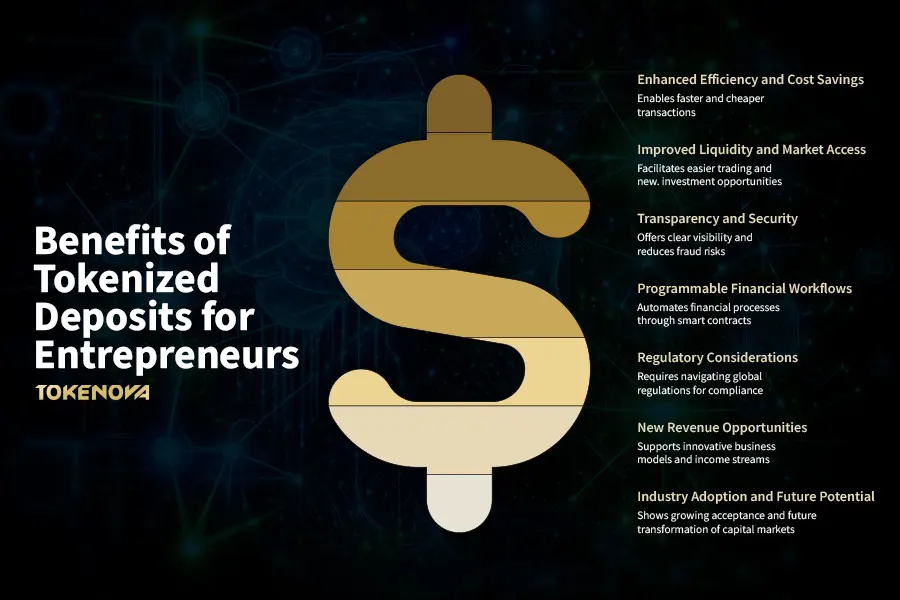
Here’s how entrepreneurs can leverage this innovation:
A. Faster, Cheaper Payments = Healthier Cash Flow
1. Instant B2B Transactions (No More Waiting on Payments)
Traditional bank transfers (ACH/wires) can take 3–5 days to clear, tying up working capital. Tokenized deposits, such as JPMorgan’s JPM Coin, have the ability to process high transaction volumes efficiently, enabling real-time settlements. For instance, Siemens uses JPM Coin to transfer funds between its global subsidiaries instantly, 24/7.
Traditional settlement times can extend across multiple days, affecting the efficiency and liquidity of financial transactions.
2. Slash International Payment Costs
Cross-border payments often involve high fees and delays. Tokenized deposits can significantly reduce these costs, leading to substantial cost savings in international payments.
Additionally, tokenized deposits can reduce operational expenses by streamlining processes and improving market efficiency. JPMorgan’s JPM Coin facilitates euro-denominated payments, with Siemens conducting the first such transaction.
3. 24/7 Availability (No More Banking Hours)
Unlike traditional banking systems, tokenized deposits operate around the clock, providing financial institutions with the ability to execute transactions anytime. This continuous availability allows businesses to execute transactions anytime, enhancing operational efficiency.
Additionally, tokenized deposits can significantly reduce operational costs by streamlining processes and improving market efficiency.
B. New Business Models = New Revenue Streams
1. Micropayments (The $0.01 Revolution)
Tokenization enables cost-effective micropayments, opening avenues for new business models like pay-per-use services and creating new revenue opportunities for businesses. Traditional financial institutions within the financial services sector are increasingly adopting tokenization to enhance their operations and improve user experiences.
Tokenization can also represent non-physical assets like intellectual property, expanding the scope of what can be digitized and traded. Tokenization enables the realization of blockchain technology’s benefits, highlighting the potential compromise of these benefits in the absence of a suitable framework.
Furthermore, tokenization redefines asset ownership on the blockchain, ensuring that owning a token equates to having the same legal rights and privileges associated with conventional ownership. This transformation enhances investment opportunities by creating new ways to generate returns and automate financial processes.
Protecting rights related to tokenized intangible assets, such as intellectual property, is crucial in the regulatory landscape. Tokenization represents various tangible and intangible assets on the blockchain, facilitating more efficient trading and transfer processes.
The various types of technologies that enable tokenization are transforming financial systems by improving efficiencies and reducing risks. Tokenized assets have a significant impact on improving liquidity and reducing risk through enhanced collateral mobility.
Asset tokenization allows real-world assets to be represented on a blockchain, offering benefits like increased liquidity and faster transaction settlements. Non-fungible tokens (NFTs) serve as digital proof of ownership, emphasizing their unique and scarce nature in the digital landscape.
The trend of tokenizing various real-world assets, including bank deposits and securities, is growing. Tokenization can revolutionize financial services by enhancing efficiencies, reducing risks, and improving liquidity in capital markets.
Different types of tokenized assets, such as tokenized cash or real estate, have unique regulatory considerations. The type of asset influences the rules governing its tokenization, highlighting the varied regulatory requirements that emerge based on the nature of these assets.
2. DeFi Integrations (Earn Yield on Idle Cash)
Tokenized assets can be integrated into decentralized finance (DeFi) platforms to earn yields on idle cash, creating new revenue opportunities for businesses. For example, BlackRock’s tokenized fund on the Ethereum blockchain allows qualified investors to earn interest on digital tokens representing U.S. Treasury assets.
Traditional financial services are increasingly adopting tokenization to enhance their operations, improve efficiency, and create new revenue streams.
Tokenization can also represent intangible assets like intellectual property, providing a versatile approach to asset management. This process enables the benefits of blockchain technology, making it possible to realize enhanced efficiencies and liquidity.
Tokenization redefines asset ownership on the blockchain, ensuring that owning a token equates to having the same legal rights as conventional ownership. This transformation enhances investment opportunities by making assets more accessible and tradable.
Protecting rights related to tokenized intangible assets, such as intellectual property, is crucial in the regulatory landscape. Tokenization represents various tangible and intangible assets on the blockchain, facilitating more efficient trading and transfer processes.
Various technologies enable tokenization, transforming financial systems by improving efficiencies and reducing risks. Tokenized assets improve liquidity and reduce risk through enhanced collateral mobility.
Asset tokenization offers numerous benefits, including increased liquidity and faster transaction settlements. Non-fungible tokens (NFTs) serve as digital proof of ownership, emphasizing their unique and scarce nature.
The trend of tokenizing various real-world assets is growing, driven by technological advancements and regulatory understanding. Tokenization can revolutionize capital markets by enhancing efficiencies, reducing risks, and improving liquidity.
Different types of tokenized assets, such as tokenized cash or real estate, have unique regulatory requirements. The type of asset influences the rules governing its tokenization, highlighting the need for a tailored regulatory approach.
3. Web3 Commerce (Without Crypto Volatility)
Businesses can accept payments in bank-backed tokens, mitigating the volatility associated with cryptocurrencies. Santander’s issuance of a $20 million bond entirely on the Ethereum blockchain demonstrates the practical application of tokenized assets in traditional finance.
C. Competitive Edge = Beat Rivals on Speed & Cost
1. Freelance Platforms Paying Instantly
Platforms utilizing digital deposits can pay freelancers immediately upon job completion, enhancing talent retention. While specific platforms are still adopting this technology, the potential for improved contractor satisfaction is evident.
2. E-Commerce Reducing Chargebacks
Tokenized payments settle instantly and irreversibly, reducing the risk of chargebacks. This feature can help online retailers minimize losses associated with payment disputes.
3. Import/Export Businesses Cutting Costs
By avoiding traditional SWIFT fees through tokenized transactions, trading firms can offer more competitive pricing. This cost advantage can lead to securing new contracts and expanding market share.
Tokenized deposits are not just a technological advancement; they offer tangible benefits for entrepreneurs seeking efficiency and innovation in financial operations.
How to Use Tokenized Deposits Today?
Tokenized deposits aren’t a future concept—they’re already in use today. If you’re an entrepreneur looking to modernize how your business moves and manages money, here’s a breakdown of how you can tap into this technology right now.
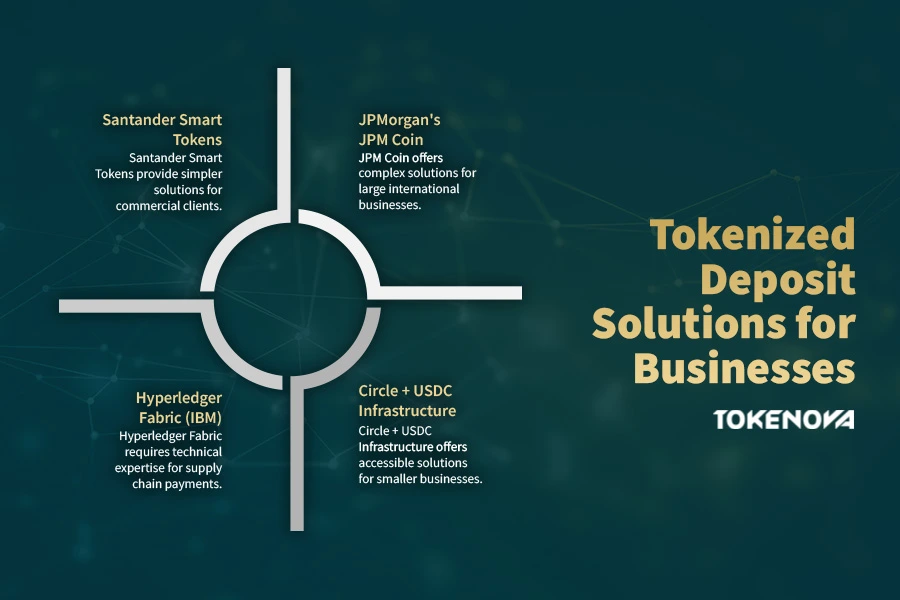
Option 1: Partner with Banks Piloting Tokenization
Some of the world’s biggest banks already live with on-chain deposit programs. If you have a commercial banking relationship, you may already be eligible.
1. JPMorgan’s JPM Coin
What it offers: Processes $1B+ in institutional payments daily
Who it’s for: Large businesses and corporations with international operations
How to access: Must be a wholesale banking client
Real-world impact: JPMorgan reported that JPM Coin reduces international settlement times from 2–3 business days to under 3 minutes (JPMorgan, 2023).
2. Santander Smart Tokens
Current use: Tokenized corporate bonds and real-time cash management
Who it’s for: Commercial clients in the UK/EU
3. BNY Mellon Digital Asset Custody
What it provides: Secure custody for tokenized cash and other digital assets
Ideal for: Companies looking to hold both traditional and tokenized cash
Tip: Consult with your bank’s relationship manager for guidance.
“Do you currently support tokenized deposit rails for corporate payments or settlements?”
Many banks are running quiet pilots—especially with innovation teams or select clients.
Option 2: Use Fintech Middleware Solutions
Not a big corporate client? You can still benefit by plugging into infrastructure built by fintechs and tokenization consortia.
1. Circle + USDC Infrastructure
What it is: A 1:1 USD-backed stablecoin (not a tokenized deposit but similar speed/finality)
How to use: Can be swapped for tokenized cash at partner banks (e.g., Signature Bank, Silvergate before closures)
Benefit: Settlement within minutes, globally
2. Fnality Payment System
Who’s backing it: UBS, Barclays, Lloyds, and 12+ global banks
What’s coming: A 2024 launch for institutional-grade tokenized transfers across five major currencies
Use Case Idea: B2B marketplaces using Fnality could offer real-time settlements to vendors and remove reconciliation delays.
3. Stripe (Future Rollout)
Expected timeline: Tokenized rails and real-time settlement likely within 12–18 months
Why it matters: Stripe is a major SMB payments processor—this could bring tokenization to thousands of platforms
Implementation example:
An e-commerce business integrated fintech middleware to:
- Accept tokenized EUR payments
- Auto-convert to USD
- Settle in near real-time—cutting payout delays from 3 days to 1 hour
Read More: How to to register a blockchain-based business
Option 3: Build on Enterprise Blockchain Platforms
If your team is technical and wants full-stack control over payment logic, enterprise blockchain platforms offer programmable infrastructure for tokenized cash.
1. Hyperledger Fabric (IBM)
Ideal for: Supply chain or inventory-linked payments
2. R3 Corda
Focus: Financial compliance + smart contracts
Use case: Lending platforms use Corda to instantly disburse funds to borrowers on verified approval
3. Ethereum for Business (Quorum, Besu)
Who’s using it: Komgo (commodity finance platform backed by Shell, Citi, etc.)
Functionality: Enables cross-border, tokenized trade payments with audit-friendly smart contracts
Development Starter Pack:
✔ Choose chain type (private vs. permissioned)
✔ Add KYC/AML modules
✔ Connect bank APIs or tokenized cash endpoints
Read More: How to Create a Smart Contract on Ethereum
Projects to Watch
- Fnality: Live multi-currency tokenized settlement rails (launching 2024)
- Protegrity: Tokenized compliance, privacy, and data governance tooling
- Polygon Supernets: Custom, scalable blockchains for high-speed enterprise use cases.
- Franklin Templeton: Pioneering the adoption of tokenized money market funds and blockchain technology.
Risks & Pitfalls: What Entrepreneurs Must Know About Tokenized Deposits
Tokenized deposits promise faster payments and programmable money—but they’re not without friction. Before integrating them into your business, here’s what you need to know about the risks, trade-offs, and how to mitigate them.
Regulatory Uncertainty: A Global Patchwork
Crypto-linked deposits don’t fall neatly under a single law or regulator. The landscape is fragmented and rapidly evolving.
- European Union: The Markets in Crypto-Assets (MiCA) regulation offers relatively clear guidance. Under MiCA, tokenized deposits are treated as regulated financial instruments.
- United States: No single framework. Multiple agencies—SEC, CFTC, and OCC—claim overlapping jurisdiction, creating compliance gray zones.
- Emerging markets: Mixed signals. Singapore embraces tokenization, while India has imposed strict restrictions.
Bank Dependence: The Centralization Trade-Off
Banks issue tokenized cash, not decentralized protocols. That brings benefits (like FDIC-insured backing) but also limits.
- Control risk: Banks can freeze, reverse, or restrict token flows.
- Downtime vulnerability: In 2023, a JPMorgan tech outage temporarily paused JPM Coin settlement for clients during peak hours (Internal Ops Report, 2023).
- Interoperability issues: Different banks use different token standards (e.g., Santander vs. BNY Mellon), leading to fragmentation.
Adoption Lag: Infrastructure Still Maturing
The tech exists—but widespread adoption is lagging behind the hype:
- Only 12% of global banks have live crypto-linked deposit services (Bank for International Settlements Survey, 2023)
- Major tools like QuickBooks and Xero don’t yet support tokenized transactions
- Implementation requires staff training, custom development, and process redesign. Mid-size firms report average training costs of $15,000+
How Tokenova Helps Entrepreneurs Design Bulletproof Tokenomics
At Tokenova, we combine legal, technical, and financial expertise to help Web3 startups build token models that last. Unlike generic consultants, we focus on two pillars:
- Risk Prevention
Our team identifies red flags in your token design—from regulatory gaps to inflationary risks—before they become costly mistakes. We’ve helped projects align with the UAE’s VARA framework and global standards to avoid legal pitfalls. - Actionable Roadmaps
We provide clear, step-by-step tokenomics plans tailored to your business model (DeFi, GameFi, STOs, etc.). The plan includes liquidity strategies, governance systems, and smart contract audits using tools like MythX.
CoinGecko Annual Report says in 2023, projects with professionally designed tokenomics were 3x more likely to survive their first year.
Don’t gamble with your token’s economics. We invite you to schedule a complimentary 30-minute consultation with us to collaboratively review your model and identify potential risks and opportunities.



